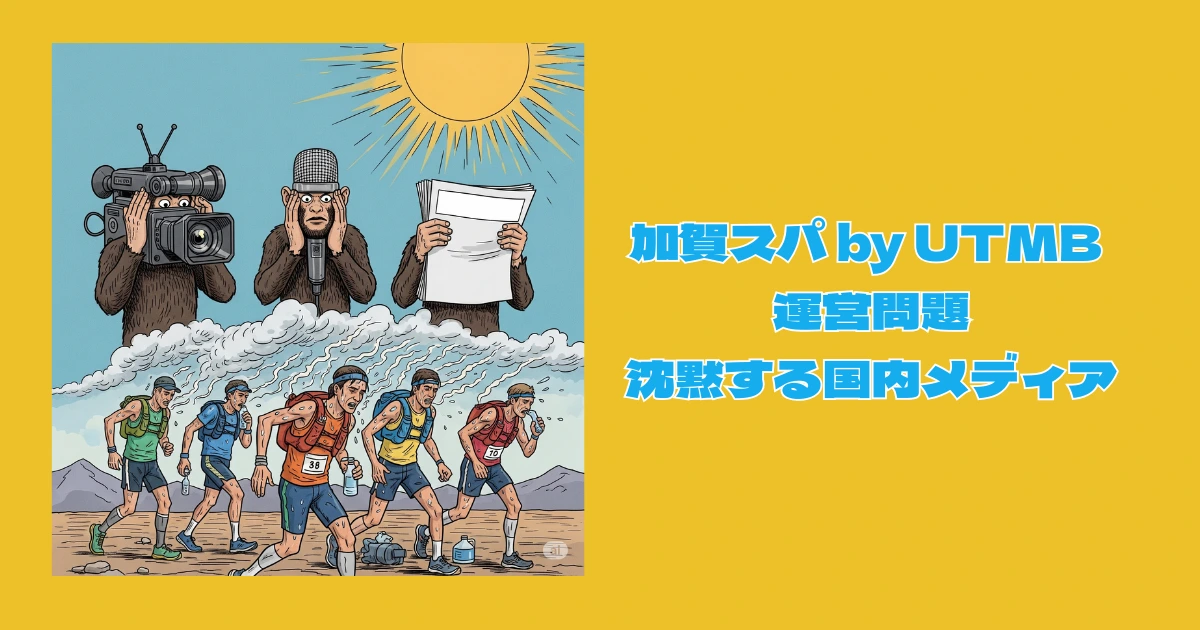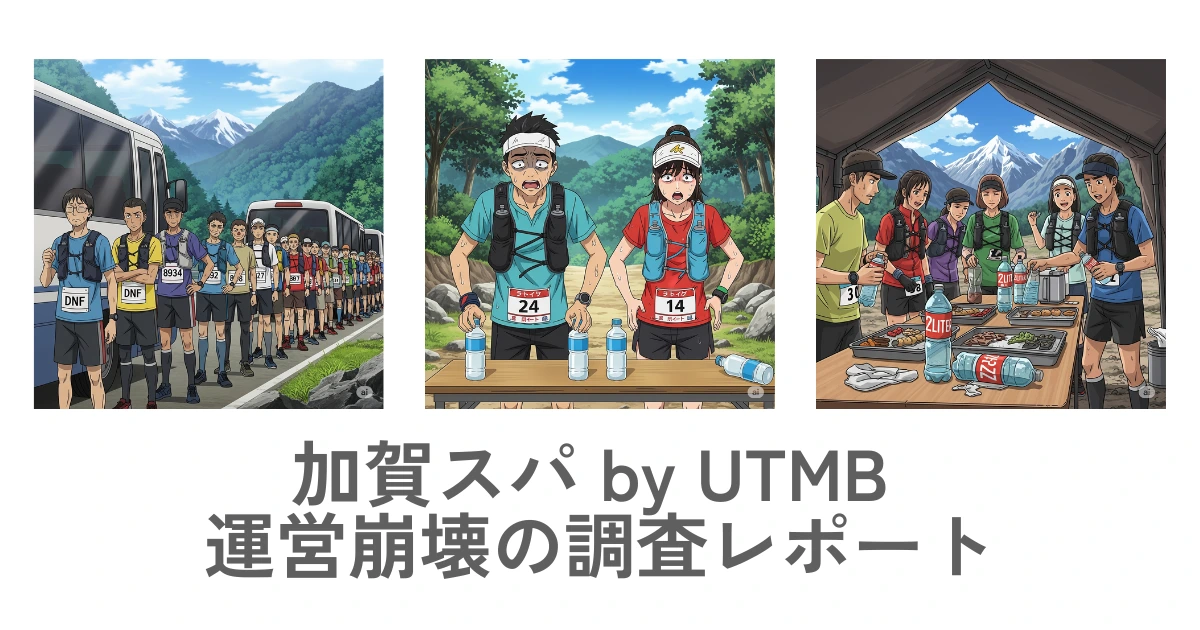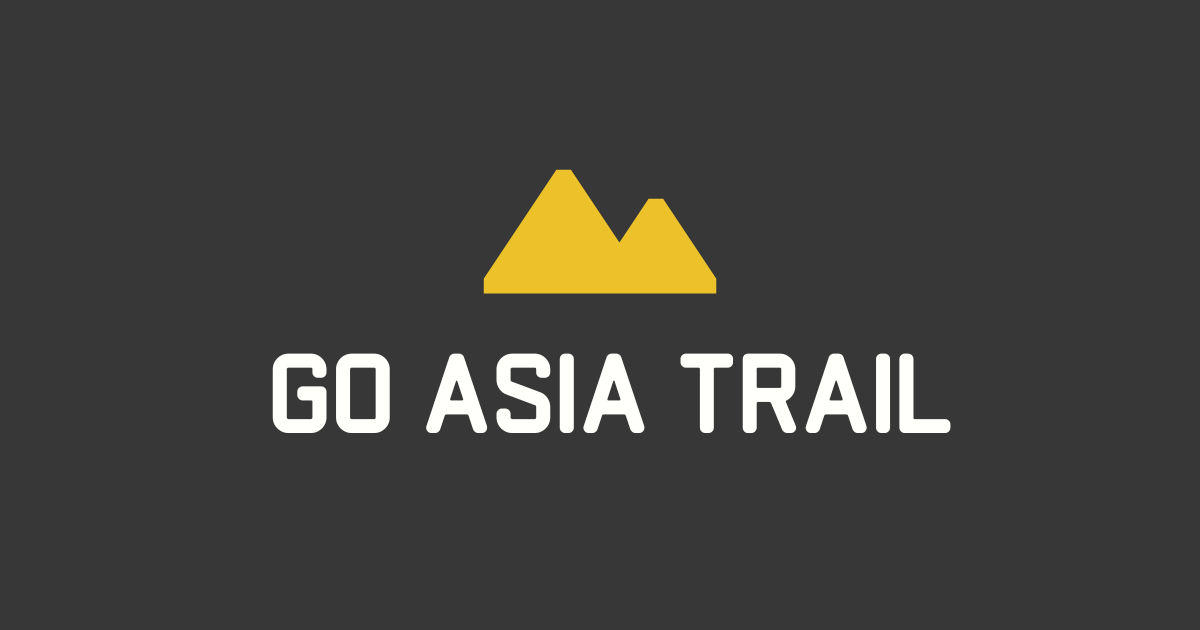The other day, I read a feature article on the "Kaga Spa Trail" in "RUN+TRAIL" magazine. As a magazine specializing in trail running in Japan, we expected a multifaceted report on the event, but we could not shake the impression that the article lacked in-depth analysis of some important issues in the management of the event. In this article, I would like to discuss the article as a reader, wishing for the healthy development of the trail running world. 1.
Questioning the tone of the criticism from within
First of all, I feel that there is room for consideration of the argument presented at the beginning of the article to the effect of "don't criticize from the inside. In particular, the sentence in the article, "I was saddened to see that people in the trail run industry were looking down from a higher level or transmitting from the other side of their own line," makes me think deeply about the nature of the discussion.
Doesn't this expression turn a point made from professional knowledge about an operational issue into an emotional issue, as if it were "condescending"? The raising of issues by industry professionals can be seen as a sign of a sense of responsibility for the safety and development of the community. Describing it as an act of "drawing a line" may have the effect of stifling constructive dialogue and stifling the free exchange of ideas.
Discussion from diverse viewpoints is essential for the healthy development of a community. Rather than dismissing voices pointing out problems as "criticism" based solely on their positions and expressions, the specialized media should take the content of such voices seriously, analyze the issues, and make improvements from this perspective.
2. differences in analyzing the causes of mass retirements
Next, in an interview with event organizer Jiro Takigawa, he attributed the mass retirements at the Dainichiyama trailhead aid station mainly to a "lack of advance notice" to runners. However, this view seems to be at variance with the situation runners on the ground were facing.
According to reports from several participants, there was a lack of water and food supplies along the route leading to the aid station in question. In addition, the weather conditions were harsh, with temperatures as high as 37 degrees Celsius. Under these conditions, the runners' choice to retire before the next 17 km, the most difficult section at an elevation of 1,300 m, can naturally be viewed as a result of proper risk management. It is difficult to say that the article adequately examines these specific operational issues.
Of course, Mr. Takigawa's achievement in bringing the first by UTMB race to Japan is a very big step forward for the Japanese trail running community, and his passion and execution should be highly appreciated. Therefore, in order to further develop the Kaga Spa Trail in the future, it is essential to objectively analyze and improve the management issues that were identified this time. 3.
3. the scope of "self-responsibility" and the organizer's duty of care for safety
The discussion of "self-responsibility" by runners associated with Ishikawa Prefecture toward the end of the feature article is another theme that should be carefully considered.
There is no question that individual runners' ability to manage themselves is important in trail running. However, this is based on the premise that the organizers have fulfilled their basic duty of care for safety. Only when there is a foundation of safety that should be provided by the organizers, such as course setting, appropriate placement of aid stations and sufficient supplies, and an emergency response plan, will runners be able to perform to the best of their abilities. Overemphasizing "self-responsibility" in the midst of the operational issues being pointed out runs the risk of misreading the essence of the discussion.
4. summary: concrete action proposals to connect to the future
In conclusion, this special feature article was only a superficial report of the events that occurred at the convention, and it cannot be said that it adequately fulfilled its role as a specialized journal in terms of deep insight into and examination of the structural problems that lie behind the events.
Fortunately, no serious accidents occurred, but this was largely due to the risk management skills of individual runners, not the thoroughness of the management system. We need to calmly accept this fact and apply it to the management of future events.
So, what kind of "constructive dialogue" can be considered in concrete terms? I would like to propose several concrete actions.
- Create and publish an official post-event review report: The organizers should create an official forum to solicit feedback from participants, volunteers, medical staff, and others in various capacities, and publish an objective, chronological review report of the issues. This will ensure transparency and allow the entire community to have a common understanding for improvement in the following year and beyond.
- Providing a forum for multifaceted discussion by the specialized media: In addition to praising the conference, the specialized media should also play an important role by delving deeply into management issues such as this one and providing readers with material from which they can make multifaceted judgments by presenting opinions from a variety of perspectives. One idea would be to create a platform for constructive exchange of opinions through feature articles and websites.
These are by no means "culprit hunts" for the sake of blaming someone else. They are an investment in the future to help the Japanese trail running community as a whole mature into a safer and more attractive one. I sincerely hope that this experience will be a valuable lesson for all involved to take the next step forward.
P.S.
With no media, other trail event operators, or industry players such as manufacturers pointing out or even mentioning the Kaga Spa Trail management issues, am I being treated as a heretic for objectively pointing out the problems in this way? I sound like someone who is advocating a geocentric theory at a time when the heavenly motion theory was believed to be true.



